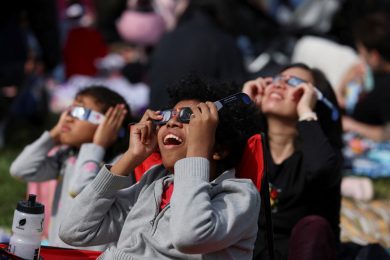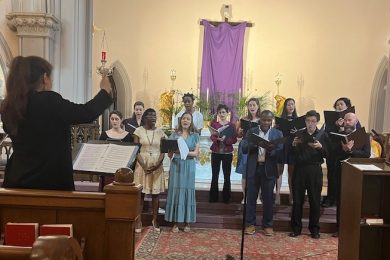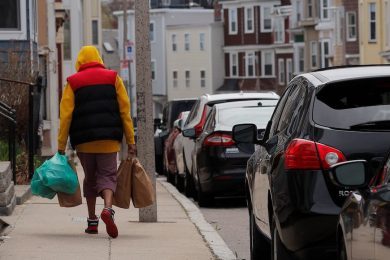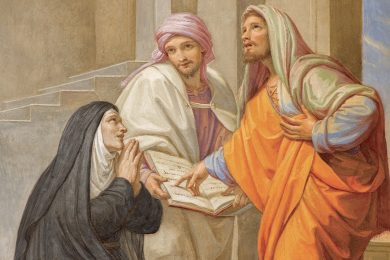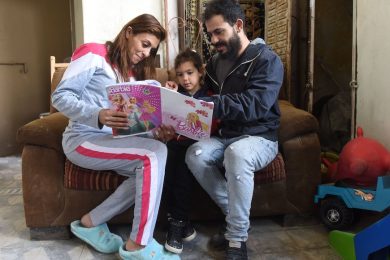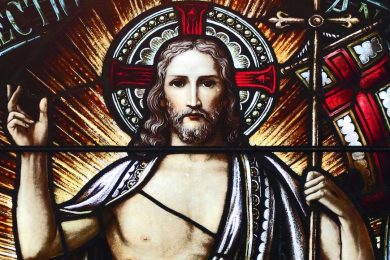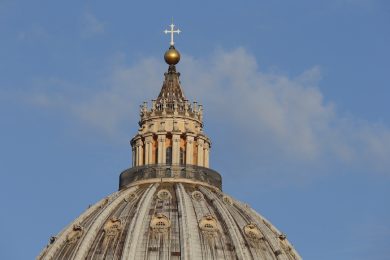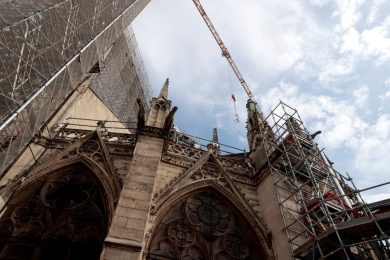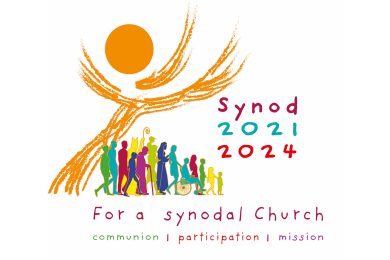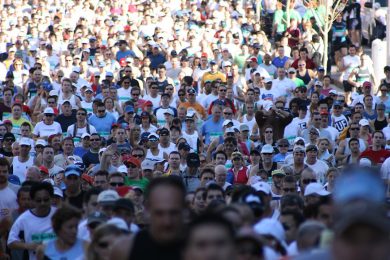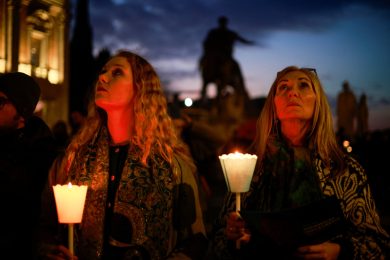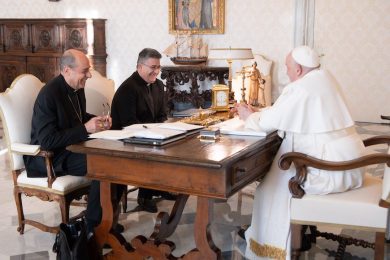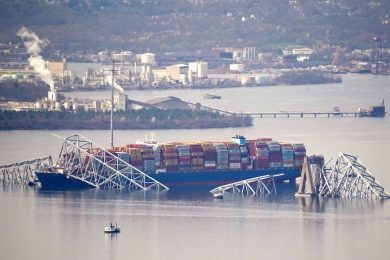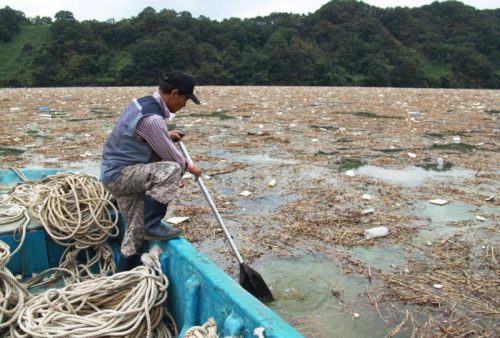Theme 7: Care for creation is the final in the series examining the seven themes of Catholic social teaching. Included are an article explaining the theme, a feature story highlighting the theme (see related story: Flower farmer and nurse practitioner shares story of love, loss and a budding legacy) and items for lesson planning and reflection.
By Effie Caldarola | Catholic News Service
In 1891, Pope Leo XIII articulated his vision of Catholic social teaching impacting the affairs of our world. Like Jesus, who entered the world among the poor and outcasts, Catholic social teaching endeavors to speak to the lives of people who struggle with the real and messy issues of life.
Catholic social teaching emphasizes the importance of working toward “the common good.” According to Catholic teaching, our lives and our societal structures must be concerned with what is good for the whole of humanity.

Today, perhaps no issue impacts the lives of so many as does the reality of climate change and environmental degradation. A major theme of Catholic social teaching is “care for God’s creation,” and the moral responsibility for caring for our common home falls to each of us.
Many people are aware that Pope Francis dedicated an entire encyclical to the care of God’s creation. But this text, “Laudato Si’, on Care for Our Common Home,” builds on a long line of statements from popes, bishops’ conferences and Scripture as it outlines the crisis we face and our need to respond.
Most of us remember stories from our grandmothers or great-grandmothers about how, in their day, items were used, reused and repurposed. Throwaway plastic didn’t exist. Furniture was passed down from generation to generation. Good, classic clothing was sewn or purchased to last for years.
Perhaps nothing speaks to this environmental respect more than the beautiful quilts that we have inherited. Often, each piece speaks to a reused piece of fabric, an old wedding or christening gown, perhaps, a special garment now worn out but cut up and sewn for new use.
Today, our challenge is to return to this attitude of respect for the gifts that the resources of our world provide us. We need look no further than Genesis to see that God created the earth and commanded humans to care for this creation (Genesis 2:15).
On the website of the U.S. Conference of Catholic Bishops, the bishops tell us that “we show our respect for the Creator by our stewardship of creation.” Care for the earth is not just a nice slogan. The bishops tell us it “is a requirement of our faith.”
To solve climate change and environmental degradation, we need to view the issue as one impacting our spirituality and our faith life.
Today, we see unprecedented hurricanes and frequent “100-year” floods. We experience historic wildfires, warming ocean temperatures, melting Arctic ice and record-breaking summer heat. Resources are used and discarded with impunity. Categories of animals disappear. Often, it is the poor who are impacted most by rising coastal waters or changing environments for subsistence farming or fishing.
Pope Francis, in “Laudato Si’,” tells us, “Everything is connected. Concern for the environment thus needs to be joined to a sincere love for our fellow human beings and an unwavering commitment to resolving the problems of society.”
And as Pope Benedict XVI in the encyclical “Charity and Truth” expressed, “The environment is God’s gift to everyone, and in our use of it we have a responsibility toward the poor, toward future generations and toward humanity as a whole.”
Catholic social teaching speaks directly to the modern scourge of consumerism. Our emphasis on having, possessing and buying uses the resources of our world in unsustainable ways.
St. John Paul II tells us that modern people have a “desire to have and to enjoy rather than to be and to grow.” All of us must look at this desire in our own lives and question our own culpability.
In the “Compendium of the Social Doctrine of the Church,” which was compiled under St. John Paul, the Vatican tells us that in modern times, “the aspect of the conquest and exploitation of resources has become predominant and invasive, and today it has even reached the point of threatening the environment’s hospitable aspect: the environment as ‘resource’ risks threatening the environment as ‘home.’”
We humans have developed the ability to exploit resources at an incredible rate. And so we do. Rather than treat our environment, with the creatures that abound in it, as our sacred and shared home, we use it as only a commodity and we risk destroying it.
Many Catholic dioceses, universities and schools are attempting to address this important aspect of Catholic social teaching by converting to solar, composting on their campuses, cutting carbon emissions and using less. Under Pope Benedict XVI, Vatican City began installing solar panels in 2008. The Vatican has banned single use plastic bags and has committed to zero carbon emissions by 2050.
Yet we have a responsibility as individuals to live out Catholic social teaching, which tells us we are much more than what we have and consume.
Each of us constructs a quilt from the fabric of our lives. Each piece is cut from cloth that reflects our values. By deciding to consume less, to reuse, repurpose, recycle, we deepen our commitment to the loving Creator who gives us every good gift and desires that we share with all of humanity for the common good.
//////////////
LESSON PLAN RESOURCES
(The following were compiled by staff of the Diocese of St. Cloud.)
Exploring the Scriptures
God made the heavens and the earth and it was good. (Read Genesis 1:1-31)
Humans are commanded to take care for God’s creation. (Read Genesis 2:15)
The land itself must be given a rest and not abused. (Read Leviticus 25:1-7)
God loves and cares for all of creation. (Read Matthew 6:25-34)
Creation reveals the nature of God. (Read Romans 1:20)
Reflection questions
- Where do you notice God’s creation? Where are some other places God might be revealing awe and wonder to you?
- How do you see yourself as part of God’s creation? What might God be calling you to do to take your place in God’s work?
- What are some ways you are already caring for creation? Make a list of three things you can do to care for the earth and all those in it.
Activities
- Be intentional about celebrating feast days in the Church that relate to God’s creation, such as St. Isidore (May 15) and his wife, St. Maria (Sept. 14), St. Francis, patron of animals (Oct. 4) and St. Kateri, patron of ecology and the environment (July 14).
- Plant a garden. Learn together about gardening, harvesting and preserving food. Share abundance from your garden with others.
- Go for a walk, bike or car ride and pay special attention to creation. Talk about what you notice and offer thanksgiving for the gifts of the earth.
- Visit a nursing home, neighbor or loved one and show them kindness. Care for creation includes the earth and all those in it.
- The average American creates 4.5 lbs. of garbage each day, much of which is food waste. Consider starting a compost bin for your family or as a neighborhood project.
- Turn off the faucet when you brush your teeth. If a family of four does this, they potentially save up to 200 gallons of water a week.
Websites
• “Laudato Si’” and accompanying resources: https://www.usccb.org/offices/general-secretariat/ laudato-si-care-our-common-home
• “Minnesota Our Common Hope” and accompanying study guide: www.mncatholic.org
• Catholic Climate Covenant: www.catholicclimatecovenant.org
• Catholic Rural Life: www.catholicrurallife.org
• Minnesota Interfaith Power and Light: www.mnipl.org
• Catholic Relief Services: www.crs.org/climate-change
• Catholic Creation Care: www.catholiccreationcare.com
• Stations of the Cross in the Spirit of Laudato Si’: https://bit.ly/3g0A710
BOOKS FOR ADULTS
- “Drawdown: The Most Comprehensive Plan Ever Proposed to Reverse Global Warming” by Paul Hawken
- “The Story of More: How We Got to Climate Change and Where to Go from Here” by Hope Jahren
- “Braiding Sweetgrass: Indigenous Wisdom, Scientific Knowledge and the Teachings of Plants” by Robin Wall Kimmerer
- “Earth Prayers: 365 Prayers, Poems, and Invocations from Around the World” by Elizabeth Roberts and Elias Amidon
- “Teaching Kids to Care for God’s Creation: Reflections, Activities and Prayers for Catechists and Families” by Mary Elizabeth Clark, SSJ
- “The Ten Green Commandments of Laudato Si’” by Joshtrom Isaac Kureethadam
BOOKS FOR CHILDREN
- “Green Rank Save Our Oceans” By Maria Luiza Gago
- “I Love God’s Green Earth: Devotions for Kids Who Want to Take Care of God’s Creation” by Michael and Caroline Carroll
- “Jazzie Beans Saves the Planet” by Cara Brzezicki
- “Not for Me, Please! I Choose to Act Green” by Maria Godsey
BOOKS FOR TEENS
- “How to Fix the Planet (When You’re a Teenager)” by Jen Zead
- “Going Blue: A Teen Guide to Saving Our Oceans, Lakes, Rivers, & Wetlands” by Cathryn Berger Kaye and Philippe Cousteau



